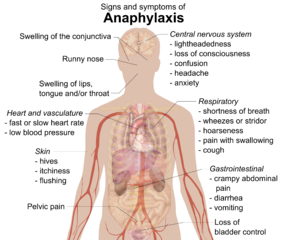Anaphylaxis – They never taught me that! Critical updates for life-threatening emergencies.
What’s the difference between anaphylactic and anaphylactoid and why should I care? Can a patient have a life-threatening reaction on a first exposure? What are the most important ALS medications for anaphylaxis after epinephrine? How bad is it to give epinephrine for a panic attack? What the heck is Kounis syndrome? Why didn’t they teach me this in class? The past 10 years have seen a dramatic increase in the number of cases of anaphylaxis across the United States. In response, the American College of Emergency Physicians and the World Allergy Organization have issued important updates on initial emergency treatment for patients suffering from anaphylaxis. While epinephrine remains the front-line drug for all levels of care, recent studies show that in-hospital and pre-hospital providers alike aren’t giving it as often or as early as they should. This interactive case-study and pub-quiz style presentation answers these questions and many more with a focus on rapid differential of anaphylaxis and effective initial and secondary treatments to manage these immediately life-threatening emergencies.
Teaching Formats:
-Lecture
-Case studies
-Question and Answer
-Live quiz
Learning Objectives: Students will be able to:
- Describe the pathophysiology of anaphylactic reactions.
- Differentiate anaphylactic and anaphylactoid reactions in the context of practical emergency medical care in the field.
- Prioritize BLS and ALS prehospital airway, breathing, and circulation management tools and techniques of mild-moderate, and severe anaphylactic reactions.
For more information and resources click here.









